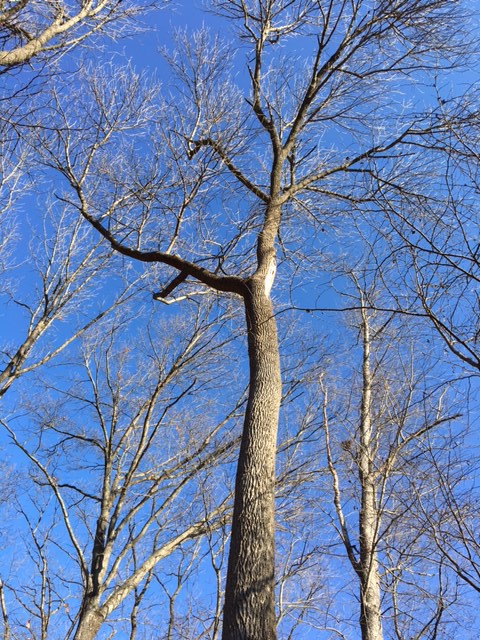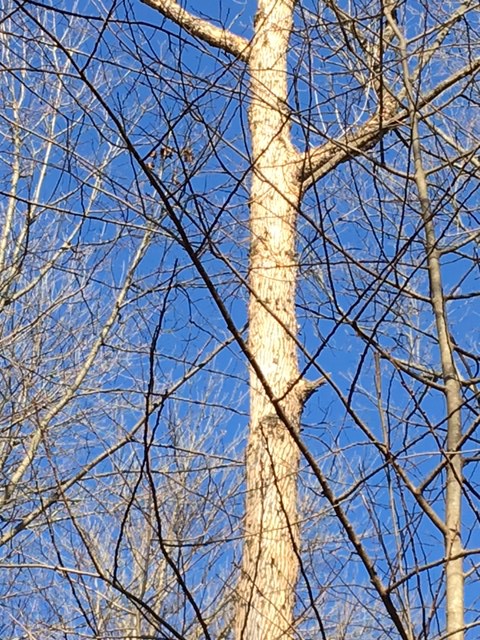TREES 101 has entered its fourth year of treating ash trees to fend off the onslaught of the emerald ash borer (EAB). The method I use – injections of Tree-age® – must be repeated every two years so as time passes I have had the opportunity to return to client properties to perform follow-up treatments. In many ways this is a moment of truth. Ash trees are succumbing throughout our region at a rapid pace and if any of my clients’ trees are still standing and in apparent good health, that is a strong suggestion that the treatments are working.
Admittedly there are a handful of locations where a small proportion of the trees treated have succumbed. In every instance we were aware of heavy EAB pressure and the likelihood that the trees were already infested at the time of treatment. The question was HOW MUCH of a given tree’s crown was already impacted. Those that were too far gone may have initially taken up the pesticide but did not have the capacity to distribute it throughout its vascular system and fight off the havoc wreaked by EAB. In other words, the treatment was done too late to save the tree.
On the other hand there are numerous examples of success. I was recently on a client’s property on the Potomac River where I had treated seven ash trees in 2015. Their home is nestled in 12 acres of woods that has a considerable ash population but due to practical considerations we only treated the trees immediately around their house and near other high-use locations. Every treated tree appeared to be in good condition, while a grove of ash trees less than 50 yards away showed dramatic signs of EAB infestations. The first image below is that of a treated tree, and below that is one of many from the nearby grove (notice the ‘blonding’ effect of woodpeckers flecking the bark). Dramatic.


Sometimes as an arborist I don’t know how to feel about this. It pains me to see the rapid loss of such beautiful and valuable trees in our region (and now throughout 30 states in the US!) but at the same time it is rewarding to see the benefits of my work. Mixed feelings also come about by the fact that, although the method I use is considered safe and low-impact, this involves the use of a synthetic chemical being introduced to natural plant life. For now I am confident that I have approached my tree work with moderation and balance at the core but there is always room for improvement and contemplation, hopefully not too much rumination…
 Contact Us
Contact Us
